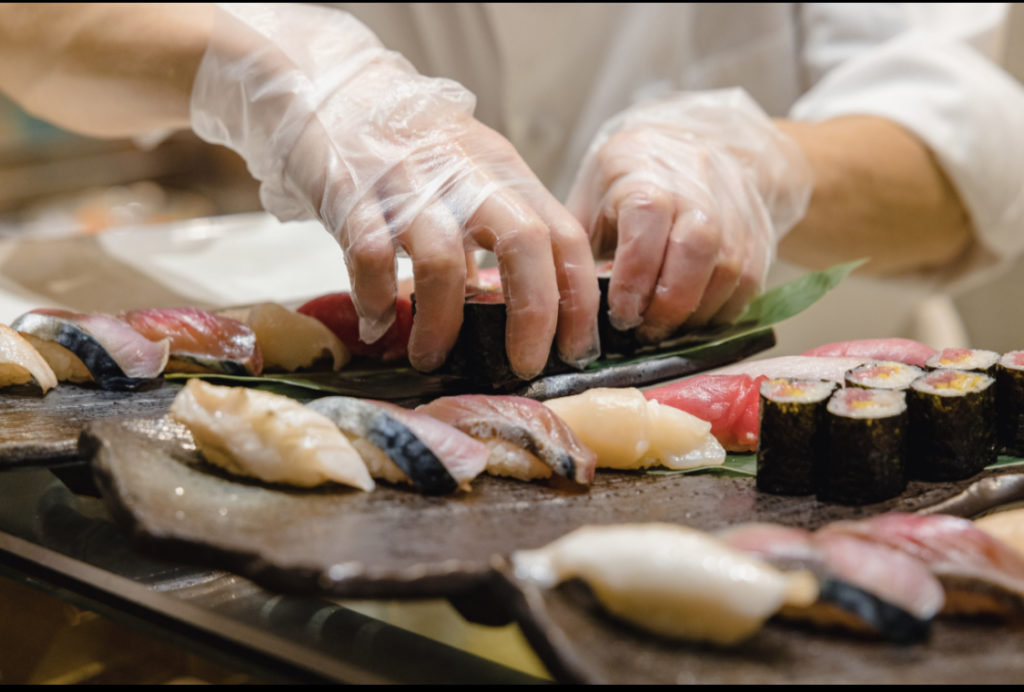Japanese cuisine is renowned for its delicate balance of flavors and the umami-rich ingredients that make it a culinary sensation. One of the most beloved aspects of Japanese cuisine is the art of grilling, and at the heart of this lies the exquisite Japanese barbecue sauce. This savory, sweet, and slightly tangy condiment elevates the flavors of grilled meats and vegetables to a whole new level. In this article, we’ll delve into the world of Japanese barbecue sauce, exploring its history, key ingredients, and, of course, providing you with a homemade recipe to master this delightful sauce in your own kitchen.
The History of Japanese Barbecue Sauce
Japanese barbecue sauce, commonly known as “tare,” has a history dating back centuries. While there are regional variations, the basic principles of tare remain consistent throughout Japan. Tare is used in yakiniku (Japanese barbecue), teppanyaki, and other grilling methods.
Key Ingredients
- Soy Sauce: Soy sauce is the base of most tare recipes. It provides a salty and savory foundation or the sauce. Traditional Japanese soy sauce, or shoyu, is preferred for its depth of flavor.
- Mirin: Mirin is a sweet rice wine that adds a touch of sweetness and depth to the sauce. It balances the saltiness of soy sauce and contributes to the sauce’s distinctive umami flavor.
- Sake: Sake, a Japanese rice wine, enhances the complexity of the sauce, adding a subtle sweetness and aroma. It also helps tenderize the meat during grilling.
- Sugar: Different tare recipes may use various types of sugar, such as white or brown sugar. Sugar provides sweetness and helps caramelize the sauce when brushed on grilled items.
- Garlic: Fresh garlic cloves or garlic paste add a robust, aromatic flavor to the sauce. It’s commonly used in tare recipes for an extra layer of complexity.
- Ginger: Ginger, either grated or as a paste, contributes a pleasant zing to the sauce. It’s a key ingredient for achieving that balanced and harmonious flavor.
- Sesame Oil: A few drops of toasted sesame oil can enhance the sauce’s aroma and depth of flavor. It’s used sparingly, as it’s quite potent.
Homemade Japanese Barbecue Sauce Recipe
Now, let’s get cooking. Here’s a simple yet delicious recipe for homemade Japanese barbecue sauce.
Ingredients:
- 1/2 cup soy sauce
- 1/4 cup mirin
- 1/4 cup sake
- 1/4 cup sugar (white or brown)
- 2 cloves garlic, minced
- 1 tablespoon ginger, grated
- 1 teaspoon toasted sesame oil
Instructions:
- In a saucepan, let’s kick things off by combining the soy sauce, mirin, sake, and sugar. Put it on medium-low heat and stir until that sugar is all nicely dissolved. You’ll start to see the mixture thicken a bit, and that’s exactly what we’re looking for.
- Now, let’s add some flavor. Toss in the minced garlic, the freshly grated ginger, and just a teaspoon of that wonderful toasted sesame oil. Give it all a good stir, and let it simmer for another 2-3 minutes. This is where the magic happens as those flavors blend together beautifully.
- Take your saucepan off the heat and let it cool down to room temperature. While it cools, you’ll notice it thickening up even more, and it will smell incredible, too.
- If you like a smoother texture, you can strain the sauce to get rid of any bits of garlic or ginger. But you know, some folks love those little bits for that extra punch of flavor, so it’s up to you.
- Congratulations, your homemade Japanese barbecue sauce, or tare, is ready for action. Pop it in an airtight container and store it in the fridge for a few weeks, though it probably won’t last that long because it’s so darn delicious.
Using Your Homemade Tare
You can use your homemade tare to marinate meats and vegetables before grilling or as a dipping sauce during and after cooking. It’s a versatile condiment that pairs beautifully with beef, chicken, pork, seafood, and even grilled tofu or mushrooms.
Also Read: Japanese BBQ Sauce Recipe: A Flavorful Delight for Your Taste Buds
Conclusion
Japanese barbecue sauce, or tare, is an essential component of Japanese grilling traditions, and it’s surprisingly easy to make at home. By using quality ingredients and following the recipe provided, you can elevate your next barbecue experience with the rich and complex flavors of Japan. Whether you’re a grill master or a novice, the art of crafting your own Japanese barbecue sauce is an excellent way to explore the depth of Japanese cuisine in your very own kitchen.








